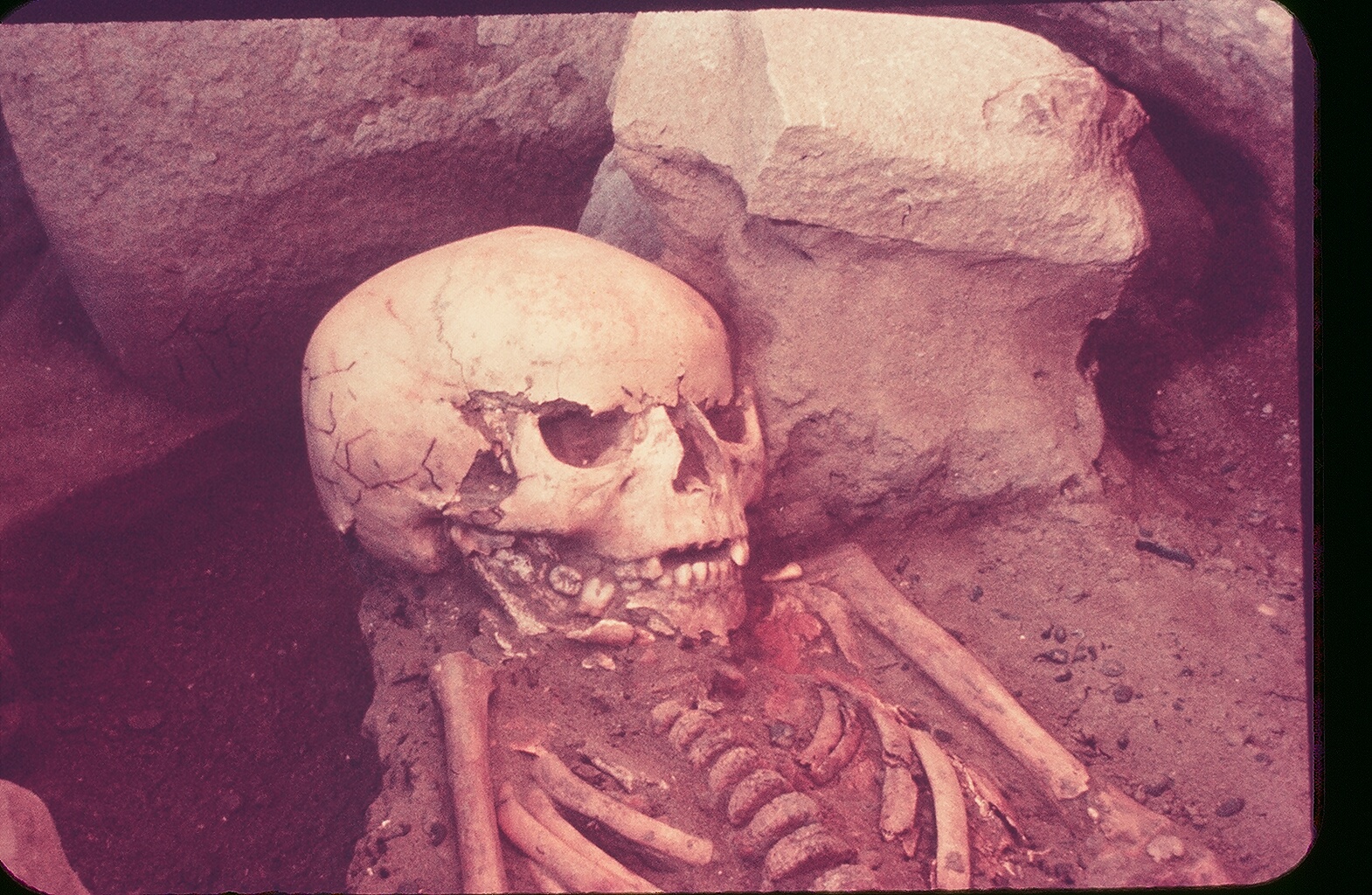FY 2021 Joint Research Project: SEIKE Akira
Project
Research on kinship during the Kofun period utilizing strontium isotope analysis: A case study of the Isoma-iwakage site
Members
SEIKE Akira (Project leader)
Graduate School of Humanities and Social Sciences, Okayama University
YONEDA Minoru
The University Museum, The University of Tokyo
ADACHI Noboru
The Faculty of Medicine, University of Yamanashi
KANZAWA Hideaki
Department of Anthropology, National Museum of Nature and Science
IMAZU Katsunori
Research Institute for the Dynamics of Civilizations, Okayama University
Project Overview
Through strontium isotope analysis of the skeletal remains from the Kofun-period Isoma-iwakage site in Wakayama Prefecture, this research project aims to clarify where each buried individual originally came from, thereby elucidating the geographical range of marriage partners chosen and the kinship structure of the Kofun period.
In addition to archaeological and morphological analysis and carbon-14 dating, DNA analysis has also been conducted on the skeletal remains from the Isoma-iwakage site. While these analyses have revealed the existence of a group bound by matrilineal kinship ties, they have also revealed the existence of individuals with a completely different haplotype. However, comparative analysis of the nuclear DNA of the individuals belonging to both groups reveals the existence of a pair of relatives. In other words, this suggests that the minority haplotype group cannot simply be assumed to have belonged to outsiders who married into the Isoma-iwakage group.
In this research project, strontium isotope analysis will be conducted in order to more accurately reconstruct the kinship structure of the Isoma-iwakage group. This method of analysis will allow us to consider where each individual was originally from and elucidate the geographical range of marriage partners chosen. Combining the results of this research with those of previous studies will clarify the formation of the Isoma-iwakage group, the kinship relationships between the interred individuals, and the postmarital-residence rules that can be reconstructed therefrom. Additionally, comparison of the results of DNA analysis from both the Isoma-iwakage site and that from other sites will allow us to elucidate the mortuary patterns and kinship structure of the Kofun period.


